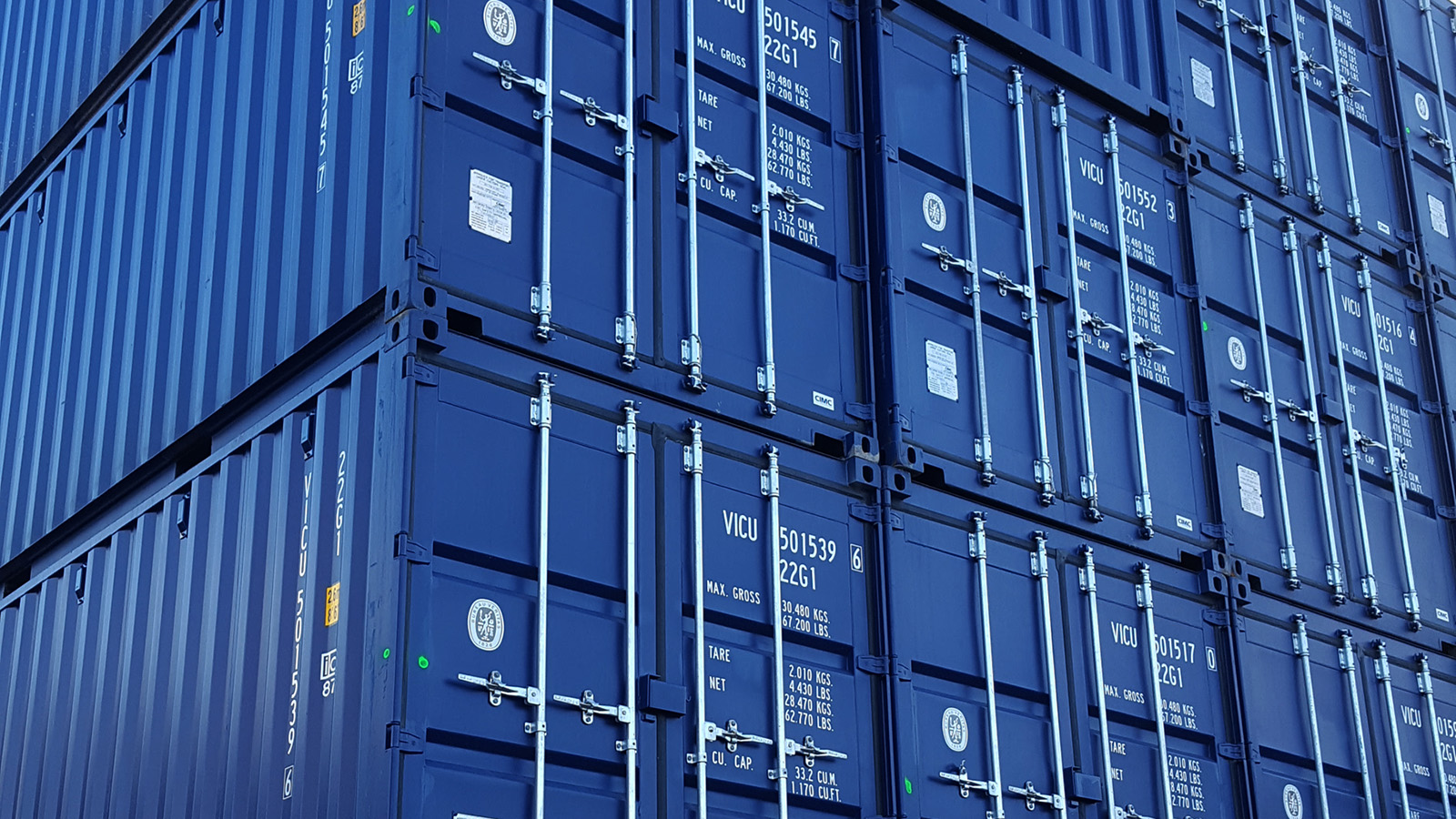ISO containers are standardised shipping containers that meet the requirements set by the International Organization for Standardization (ISO). These standards ensure that all manufacturers produce containers conforming to global specifications, ensuring uniformity and safety in shipping.
History of ISO
The International Organization for Standardization (ISO) was founded in 1947 in London, when 65 delegates from 25 countries met with a shared vision: to create international standards that would facilitate global trade and cooperation. Initially focusing on diverse industries, ISO soon became the world’s leading authority on standardisation. By 1968, the organisation had turned its attention to shipping containers, recognising the need for uniformity in global freight transport.
This shift revolutionised the shipping industry, making it easier and more efficient to transport goods across borders. Over the years, ISO’s role in the container industry grew, establishing key standards that ensured container safety, reliability, and interoperability.
Today, ISO works in 172 countries and has over 840 committees focused on developing standards across various sectors, helping to shape industries from technology to transportation. The introduction of ISO standards for containers set a new global standard, ensuring that containers are built and tested to rigorous specifications, offering reliability and consistency across international shipping routes.
ISO Container Standards
ISO container standards are the backbone of the global shipping industry. They ensure that all shipping containers meet rigorous requirements for safety, durability, and efficiency. There are three key standards that govern the design, structure, and identification of shipping containers:
- ISO 668:2020 – Container Dimensions and Design Requirements
This standard covers the fundamental requirements for container dimensions, including both internal and external measurements, container weight, and the door mechanism. The goal is to ensure uniformity across containers globally, making handling and stacking seamless. Whether it’s a 20-foot or 40-foot container, the standard guarantees that all containers fit transportation systems without issue.
- ISO 1496 – Structural Strength and Durability
Focusing on container construction, ISO 1496 ensures containers are strong enough to handle the stresses of shipping. Rigorous tests are performed on corner posts, walls, floors, and roofs to ensure they can withstand stacking, lifting, and extreme weather conditions. Containers must also pass forklift and grappler arm tests to guarantee smooth loading and unloading. Finally, a weatherproof test is conducted to confirm that containers are wind and watertight, ensuring the protection of goods during transport.
- ISO 6346 – Container Identification
This standard focuses on the identification marks that each container must display. The BIC (Bureau International des Containers) code, equipment category identifier, serial number, and check digit are all required to be displayed clearly on every container. This unique identification system ensures that containers can be tracked, managed, and maintained accurately across their lifecycle, regardless of their location in the world. Additionally, this standard governs the physical layout of operational marks like the container’s tare weight and maximum load capacity, ensuring clarity and uniformity.
These ISO standards form the core framework that enables the shipping industry to operate efficiently, safely, and consistently across the globe. By adhering to these standards, container manufacturers and shipping companies ensure reliability and trust in every shipment.
Container Identification Details
Each shipping container is assigned a unique identification code, ensuring it can be easily tracked, identified, and managed across its lifecycle. The details imprinted on every container offer crucial information for both logistics providers and operators. Here’s what each of these codes and markings means:
- BIC Code (Owner Code & Category Identifier)
The BIC code is the most recognisable mark on a container, typically located on the upper right of the container door. It consists of four letters, issued by the Bureau International des Containers, and serves as a unique identifier for the container’s owner. At Storage on Site, for example, our containers carry the BIC codes VICU, SOSU, and BUYU. The first three letters represent the owner, and the final letter is the category identifier, which tells you the container’s use, such as for shipping or storage.
- Serial Number
Next to the BIC code is the serial number—a six-digit number that uniquely identifies each container. No two containers have the same serial number, allowing precise tracking and management of individual containers across global supply chains. This number is essential for logistics, as it ensures that containers are not misplaced or mixed up during transit.
- Check Digit
The check digit is a one-digit number that follows the serial number and is encased in a small box. This digit is a mathematical calculation that validates the accuracy of the BIC code and serial number. Essentially, it acts as a quick verification tool to ensure that the information displayed on the container is accurate and legitimate.
- Size and Type Code
Just below the serial number, you’ll find a four-digit code that provides crucial size and type information. The first two digits represent the container’s dimensions, with 22 indicating a 20-foot container with a height of 8’6”. The final two digits specify the type of container, such as 00 for general-purpose containers or 45 for high-cube containers. This code is vital for logistics planners, helping them choose the right container for specific cargo needs.
- Operational Marks
These are the additional details displayed in smaller fonts below the size and type code. They include key metrics like the container’s tare weight (the empty weight of the container), maximum gross mass (the total weight when fully loaded), and payload capacity (the maximum weight of goods it can carry). These operational marks ensure that the container is used within safe loading limits, preventing overloading and potential accidents during transport.
By understanding these identification details, businesses and shipping operators can better manage their container fleets, ensuring smooth operations and adherence to international standards.
Understanding ISO containers and their identification details is key to managing shipping and storage operations efficiently. These global standards ensure reliability, safety, and consistency across industries, allowing businesses like Storage on Site to provide expert solutions.
With this knowledge, you can better appreciate how ISO containers play a crucial role in international logistics, making them indispensable in modern supply chains. Whether you’re moving goods or storing them, ISO containers are a reliable choice for a secure, standardised solution.
For more information, contact us today at 02380 332266 or via email at enquires@storageonsite.staging.tempurl.host.


